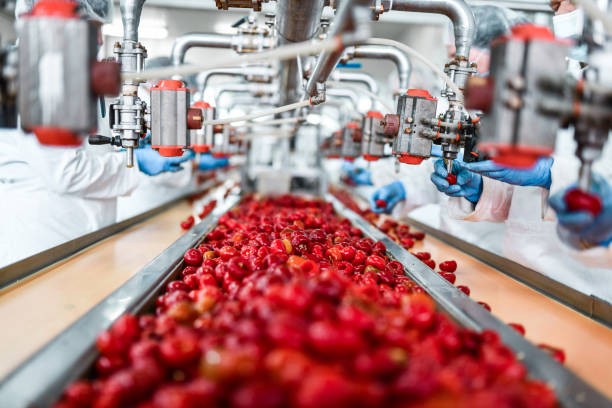1. What Is a Tortellinatrice?
A tortellinatrice is a specialized machine designed to automate the production of tortellini, from feeding dough sheets and inserting filling to shaping and sealing the pasta. In industrial and artisanal pasta factories, it replicates what would otherwise be a labor-intensive manual process.
By mechanizing the steps of folding, cutting, and sealing, the tortellinatrice ensures consistency, speed, and hygiene throughout production. This machine is essential for scaling up output while maintaining quality.
2. How Does a Tortellinatrice Work?
The machine typically starts by unrolling or feeding thin pasta sheets into its system. A precise dosing unit deposits the filling at predetermined intervals under constant motion.
Next, mechanical arms or folding mechanisms shape the pasta into the classic tortellini ring, pressing edges to seal. Excess dough is trimmed, and the finished product is expelled onto conveyors or trays.
3. Key Components and Mechanisms
Important parts include the dough calibrator (rollers to adjust thickness), filling dispenser (for correct volume), folding and sealing units, cutting blades, and conveyor belts.
All food‑contact components are usually made from stainless steel or food‑grade materials to maintain hygiene and durability. Safety shields, sensors, and emergency stops are built in to meet industry standards.
4. Types and Models of Tortellinatrici
There are compact bench models for small kitchens, semi‑automatic machines for artisanal pasta makers, and fully automatic, high‑capacity machines for industrial use.
Some machines offer interchangeable molds or punzoni (punches) for different tortellini sizes—mignon, medium, or larger forms—though many machines are fixed to a particular format.
5. Production Capacity and Output Rates
Light-duty machines might produce tens of kilograms per hour, suitable for small pasta shops. The models for industrial settings can reach hundreds of kilograms per hour.
For example, one model (Ostoni T8) can output up to 130 kg/hour in medium tortellini format. (Based on manufacturer data.)
6. Advantages of Using a Tortellinatrice
Speed and efficiency are top advantages: what might take hours by hand can be accomplished in minutes. This reduces labor costs and production time.
Consistency is another benefit: each tortellini has uniform shape, filling distribution, and weight, which helps with cooking predictability and product quality.
7. Hygiene, Cleaning & Maintenance
To comply with food safety, many tortellinatrici are designed for easy disassembly so that parts in contact with food can be removed and sanitized.
Regular maintenance is crucial: lubrication of moving parts, checking for wear in molds or blades, and inspection of seals all help avoid breakdowns and ensure longevity.
8. Applications and Use Cases
Tortellinatrici are used by pasta factories, food processing facilities, artisanal pasta makers, and restaurants producing large volumes.
They are particularly helpful during seasonal peaks—such as holidays—when demand for tortellini surges and manual production would become bottlenecked.
9. Choosing the Right Tortellinatrice for Your Needs
When selecting a machine, consider capacity, format size, ease of cleaning, power consumption, and flexibility of mold changes.
Also account for after‑sales support, parts availability, and integration with upstream or downstream systems like dough sheeters or packaging lines.
10. Future Trends & Innovations
Modern tortellinatrici incorporate PLC controls, touchscreen interfaces, recipe memory, and automatic adjustments for speed, filling, and dough tension.
Advances in sensor technology and smart systems may allow real-time quality control—measuring weight, sealing quality, or filling consistency without manual inspection.


